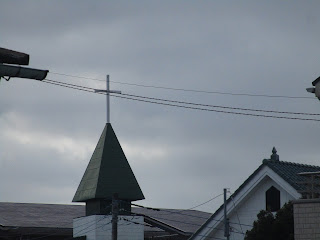In English, onomatopoeia are the words that we make up to name sounds that we hear. (bang, pow, bark)
In Japan onomatopoeia ( ぎたいご pronounced gee-tai-go) can represent a sound of an action, for example: pera pera is the sound of being fluent in a language.
More often, however, this group of words include descriptions for sensations rather than for sounds. Some of my favorite examples of these are:
Anime or manga audiences may be aware of these (often they are the random words in the hiragana alphabet on the side of the picture panel that look like chicken scratch).
This is roughly equivalent to an English speaker deciding to give the name Kevin to the experience of being unconscious and kidnapped. Personally, I really like this idea. It would definitely create more vocabulary to memorize, but how much simpler would it be to say Kevin than "an experience of being unconscious and kidnapped?"
Anyways, here is a list of some Onomatopoeias (that other people compiled). It can be rather enjoyable just to read through the list and think, "they have a sound for that?"?!?!?!?!?!
- http://onomatoproject.com/list.html
- http://www.japansociety.org/webcast/waku-waku-japanese-lesson-44-fun-onomatopoeia
- http://jpninfo.com/wp-content/uploads/2015/04/Onomatopoeia-2.jpg
Here is a video with one of my favorite Japanese vloggers (Rachel from Rachel and Jun) talking with Sharla about Onomatopoeia: https://www.youtube.com/watch?v=OEw81JgdN_A- http://jpninfo.com/wp-content/uploads/2015/04/Onomatopoeia-2.jpg


















































